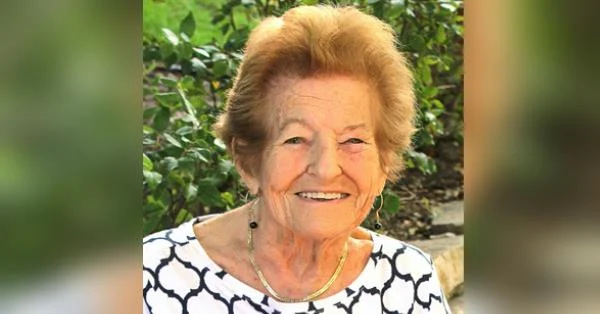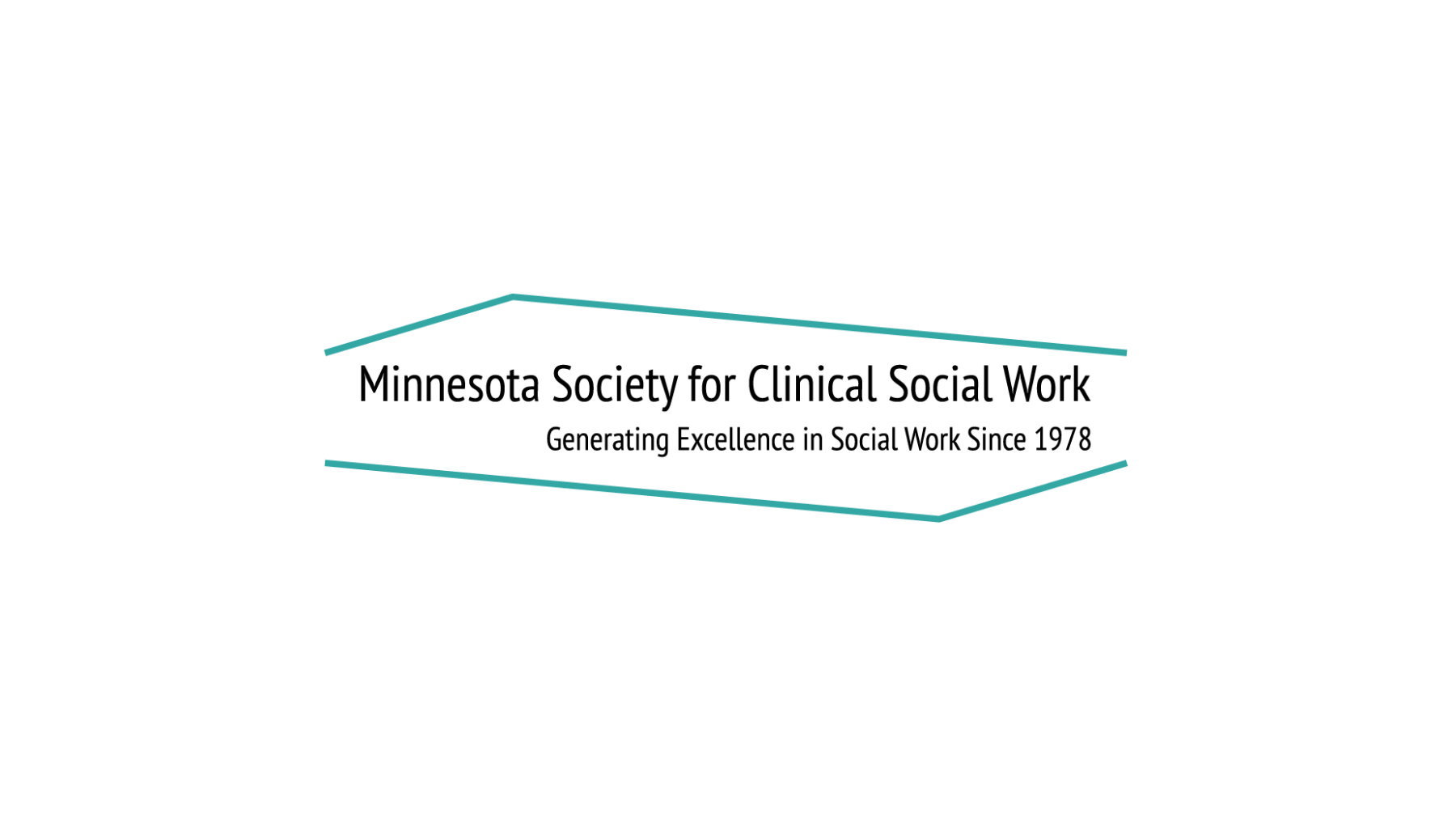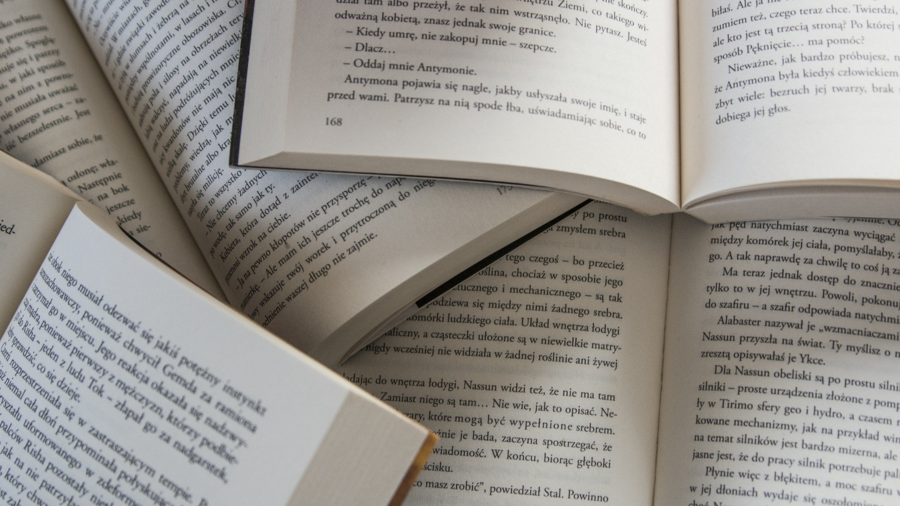
Written and Submitted by Tamara Kaiser
Personal Life
Hilde Gasiorowicz was born in Frankfurt am Main, Germany, in 1931. On Kristallnacht (The Night of the Broken Glass), a series of violent anti-Jewish pogroms throughout Germany on November 9 and 10, 1938, her father, a lawyer, was among the thousands of Jewish men who were arrested and sent to prison. Fortunately, the family had realized that it was no longer safe for Jews to remain in Germany and had secured tickets, money and necessary papers to emigrate to the U.S., made possible her uncle Carl Laemmle, founder of Universal Studios, who sponsored 300 Jewish families from Germany. The family arrived at Ellis Island in January 1939.
Hilde lived in Queens, New York, with her mother before moving to Los Angeles at age 16. She attended college at UCLA, where she met Stephen, her future husband. Stephen’s family had fled Poland, traveling east and finally landing in India where they spent the remainder of the war. In 1946, his family was allowed to emigrate to the U.S., thanks to an old friend from Poland who was living in Los Angeles. Stephen and Hilde were married in 1953 and in 1960, moved to Minneapolis where Stephen was offered a tenure-track position in the physics department at the University of Minnesota. Hilde and Stephen always felt very fortunate to live comfortable lives as naturalized citizens of the United States.
Hilde had a reputation as an energetic, active, talented, and intelligent woman. She initiated activities, first for her and Stephen and later with the family and friends. Members of the U of M physics community credit Hilde for reaching out to new faculty and building a sense of community among families. They hiked, biked, downhill and cross-country skied, and took canoe trips to the Boundary Waters. Hilde’s daughters are grateful to her for helping foster their love of the outdoors. As a downhill skier, Hilde never met a mountain that intimidated her. After talking with a number of women who were too afraid of falling to enjoy skiing, Hilde toyed with the idea of offering “ski therapy” on the slopes. Too bad she didn’t pursue it! Hilde also loved to garden.
Both Hilde’s friend Ruth Lauritzen and MSCSW member Anne Gearity described enjoyable evenings spent with Hilde and Stephen, replete with great food and stimulating conversation about physics and psychology and other topics. Ruth is also a member of a book club, started in 1998 by Hilde and a former colleague, Judy Silverman.
Very sadly, Judy died early on, but Hilde remained a member until shortly before the pandemic. And the book club continues. Four of the original members, including Ruth, and one who joined very early on are still participating and the group currently has 10 members. In honor of Judy, the group bears the name “Silverwomen,” which now accurately describes its membership of women in their late 60s to early 80s! I had the privilege of joining it about two years ago.
Both Hilde and Judy are remembered frequently and with appreciation for what they contributed by forming and shaping the structure and focus of this group. Their legacies are alive and well in this group of active and intelligent women who engage in enthusiastic monthly conversations about the agreed upon books. I hear they used to include great eating (no surprise, given Hilde’s penchant for serving good food) but, since the pandemic, the group now meets on zoom and includes some non-local members.
In her early 50s, Hilde became increasingly interested in her Jewish heritage, began learning more and eventually studied for her Bat Mitzvah at Adath Jeshurun synagogue—an example of her interest in life-long learning, a reputation she also had as a professional, as will be noted below.
Hilde’s daughter Cathy describes her last years with Hilde as sweet ones, during which they saw each other frequently and engaged in various activities, including walks and volunteering in the parks. Other volunteers commented on her impressive fitness, even into her 90s.
Professional Life
Early Years
In 1964, with three daughters between the ages of 10 and 2, Hilde entered graduate school at the University of Minnesota, where she earned a master’s in social work in 1966. It was there that she met Rosemary Martin, now a long-time social work clinician who has been very active over decades in NASW in general and the Social Work Coalition in particular. She and Rosemary became life-long friends, a friendship that expanded to include Stephen and Hilde’s daughters to whom Rosemary was like a favorite aunt.
After graduate school, Hilde worked at St. Paul Family Service. In 1968/69 Stephen had a year-long sabbatical, which the family spent in Germany. When they returned to Minnesota, she went back to work at St. Paul Family Service. During the 1973/74 academic year Hilde participated in an externship program at Minneapolis Family and Children’s Service, led by Minna Shapiro, an important mentor to Hilde, who was already by then a well-respected clinician. The program was designed for people who had their MSW but were not currently employed.
From there, Hilde joined the staff of Minneapolis Jewish Family and Children’s Service (JFCS), where she remained for about 12 years. I met Hilde when I moved to Minneapolis in January of 1974 and joined Minna’s program. Hilde told me about a job opening at JFCS and we were colleagues there for those 12 years. She left JFCS to begin her private practice, which she continued until 2013, retiring at the age of 81.
Significant Contributions
Hilde made enormous professional contributions over the years. Below is a far from complete description of some of them, as reported by several of her former colleagues.
In the early 1980s, Hilde joined Walk-in Counseling, where she volunteered off and on as a clinician and a supervisor, until circa 2010. According to Gary Schoener, long time director of the agency, Hilde was a “beloved supervisor,” very well respected by those whom she mentored along the way. He observed that younger clinicians learned a great deal from her, as she shared her perceptions from a psychoanalytic point of view, deepening their understanding of clients and how to work with them more effectively. He described her as “gentle and soft; caring and supportive; embodying what she taught.”
This description was echoed by MSCSW member, Heidi Presslein, who was in a supervision group with her in the 90s. Per Heidi “Her wisdom was always evident and her patience unwavering as we discussed our work and learned to become clinical social workers. Over the years, she would always check in, monitor our whereabouts, and offer a hug when we connected at continuing education or social events. I will miss her.”
In addition to her work as a clinician, at JFCS, Hilde and our colleague, Rebecca Biderman, led groups for children of Holocaust Survivors. This was a new field and people were just beginning to talk about the issue. Rebecca and Hilde ran several short-term groups, based on Helen Epstein’s book Children of the Holocaust (1988), over a period of a few years.
Rebecca said that, though the groups were specifically and purposefully labeled as support groups, naturally they were very therapeutic. The groups proved extremely powerful for the participants as well as for Hilde and Rebecca. Twenty years younger than Hilde, Rebecca’s parents spent the war hiding in plain sight in Poland under assumed names and moved to Latin America afterwards, where Rebecca was born. Later they moved to the US. Both were immigrants—Hilde from Germany and Rebecca from Latin America. And both were strongly affected by the Holocaust, though their cultural origins were different and the way their families reacted, for example, whether they talked about the experience or didn’t, was different. These similarities and differences brought a richness to their clients.
In addition to the groups, Hilde and Rebecca gained a reputation in the community as experts in the experience of being a child of Holocaust survivors and many people sought them out because of this unusual expertise. They did presentations in the community, both together and separately, and had clients who came to them because of their understanding of this topic.
The group deepened the relationship between Rebecca and Hilde. A terrific caretaker and hostess, Hilde would invite Rebecca over after the group for a glass of wine and some food, where they would process the group and talk with each other about their own experiences. In addition to working well together, they became personal friends, enjoying lots of laughter, authentic sharing, and many walks and other outdoors activities. They continued to see each other for lunch and other activities after they both left JFCS.
Another JFCS colleague, Mary Rae Berman, was often referred clients from these groups who wanted therapy and she consulted with Hilde about those clients. Mary Rae grew up Catholic in southern Minnesota but knew some Jewish kids. She was always fascinated by the topic of the Holocaust— couldn’t believe the cruelty of it and wanted to understand it. From both her extensive reading and her work with the clients, she gained a much deeper understanding of what the survivors and their children experienced, something she very much appreciated.
Upon Hilde’s death, a client from the first Holocaust group wrote the following to the Gasiorowicz family: “Another giant oak has fallen. Hilde ably and insightfully counseled the first group of 2Gs [members of the Second Generation—children of Holocaust (Shoah) survivors] to gather as 2Gs in Minneapolis. I was lucky enough to be in that set. She was an inspiration and trusted guide for many of us. There’s no doubt that her wisdom and love will shine from the eyes of 40 generations of hers to follow.”
As Mary Rae put it, “Hilde had a lot of personal power.”
Like many of those with whom I connected to create this article, and with whom I agree, Mary Rae and Rebecca described Hilde as a very smart, insightful and skilled therapist who loved the work and was a life-long learner, always seeking more education and development so that she could continue to grow as a psychotherapist. In addition, she was instrumental in supporting many others’ development.
She was very committed to the profession of social work, and to ensuring that clinical social workers adhere to the highest standards of practice. She provided excellent supervision, mentoring, consultation and educational opportunities for clinicians throughout her career. At one point, she and Mary Rae served on a committee whose goal was to generate questions for the clinical social work licensure exam.
Mary Rae described Hilde as her “professional development guide,” encouraging her to get more education and more certifications in various approaches and topics. In addition, Mary Rae and Hilde co-led a long-term women’s therapy group. Mary Rae appreciated that, as the more seasoned clinician, Hilde did not take over but rather gave a lot of space for Mary Rae to develop her skills. Later, she, Rosemary, and Hilde had private practices in the same building and met weekly to consult on cases, some of which Mary Rae and Hilde shared.
Hilde encouraged Rebecca, Mary Rae, and me to go to a training on hypnosis offered by Hilde’s aunt Erica Fromm, an expert in this approach. At the time, hypnosis was a cutting-edge modality and Hilde embraced the ways in which it could enhance her practice. According to Harriet Kohen, a member of both MSCSW and the Minnesota Society of Clinical Hypnosis, Hilde was a member of the latter for many years and participated in many of their workshops as part of her continuing education.
Minnesota Society for Clinical Social Work
Hilde was a founding member of MSCSW in 1978 and was an active board member. (I’m pretty sure she was the one who encouraged me to join the society.) Along with member Clay Sankey, Hilde wrote the first ethics code for the society in 1984. She led many supervision and mentoring groups throughout the years, both through MSCSW and in her private practice.
Hilde’s work was always grounded in psychoanalytic theory. At age 69, she decided to enter the very demanding six-year training to become a psychoanalyst. As Cathy said, people told her she would be 75 before finishing the program. Characteristically, she replied that she would be 75 anyway, and immersed herself in the experience. MSCSW member Bev Caruso, who later inherited Hilde’s job as head of the MSCSW Committee on Psychoanalysis (COP), said the following:
“As I search my files to list the accomplishments of Hilde Gasiorowicz, I encounter countless programs she presented on psychoanalytic or psychodynamic therapy and even more names of those clinicians she enlisted to present, study, and become involved in the endeavor of furthering psychodynamic skills in the Minnesota therapeutic community.”
“With great enthusiasm, Hilde worked to broaden the knowledge and appreciation of psychoanalytic perspectives within the social work profession and to strengthen the liaisons with other psychoanalytic groups in the Twin Cities. To that end she hosted meetings in her home for more than 15 years, sponsored a yearly local conference, represented the COP, now the American Association for Psychoanalysis in Clinical Social Work (AAPCSW), at the MSCSW board meetings and supported the work of the national organization. The AAPCSW utilized a myriad of group study mediums, including analyzing movies, acting out and discussing analytically rich plays, presenting speakers and studying written material. The films viewed and analyzed include: “Born into Brothels”, Children of the Third Reich,” “The Talking Cure”, “Shadowlands”, “Mrs. Klein” and more. She enlisted clinicians to speak on dreams, empathy, trauma, theory and techniques of psychodynamic therapy. During that process many clinicians were able to share new ideas, and expertise and to present their publications and original work.”
“I will remember Hilde as a short woman with a big heart imbued with generosity, ceaseless energy, creativity, and a boundless love for her work.”
The following brief comments from other MSCSW members reinforce the picture presented here of Hilde’s personality, approach to her work and impact.
“When I first joined the clinical society, Hilde was one of the ‘grandmothers,’ along with Edie London. They were both clinically active, steeped in training and theory but moving from raising children into being impressive clinicians. Daniel Stern had just published his book, The Interpersonal World of the Infant (1985) and they were eager to read this together. They formed a reading group and Hilde invited me; I was relatively new to clinical work, having started at Children’s Hospital in 1979 in a preschool day treatment program. I was flattered and intimidated by this invitation, and yet surprisingly empowered when I realized that to them this was new territory and abstract ideas: to me, it was almost common sense.
They came to Stern’s research from psychodynamic theories; I came from developmental intuition. Hilde made me feel so smart, so talented in our discussions. She mentored my confidence as she welcomed my knowledge.” Anne Gearity
“She was a joy, always very supportive of others in the Society. She and I co-led a support/mentoring group for beginning clinicians for some time.” Ned Froehlich
“Hilde was a good friend and wise mentor. She supervised several younger clinicians and she and I drafted the first code of ethics for MSCSW sometime around 1984.” Clay Sankey
“Once again, ‘when great trees fall.’ I respected Hilde greatly! I met her upon returning to the TC after Grad school in Chicago. I learned of Hilde through her daughter, whom I met in Chicago. I will miss her sweetness, playfulness, and intelligence.” Jeffry Jeanetta Wark
Another Group Who Felt Hilde’s Impact
As much as I learned –and remembered myself—about the remarkable woman who was Hilde Gasiorowicz, I was struck by the fact that, like all of us who do clinical work, a huge part of her impact goes largely unacknowledged. Aside from the client mentioned above and one who met Mary Rae at some point and expressed his gratitude for Hilde’s work with him, naturally, I had no way to learn from any of her other clients, from their point of view, what she gave them.
However, I am confident that the great majority would resonate with the experiences of these two clients and those of her colleagues and supervisees.
The Celebration of Hilde’s Life will take place at the Bakken Museum on Sept.15 at 4:30 pm.
In lieu of flowers, memorials can be directed to the Hilde Fromm Gasiorowicz Fellowship (https://z.umn.edu/9kj4) at the University of Minnesota Foundation to support the next generation of social workers, or to any (liberal) cause of the donor’s choice.




